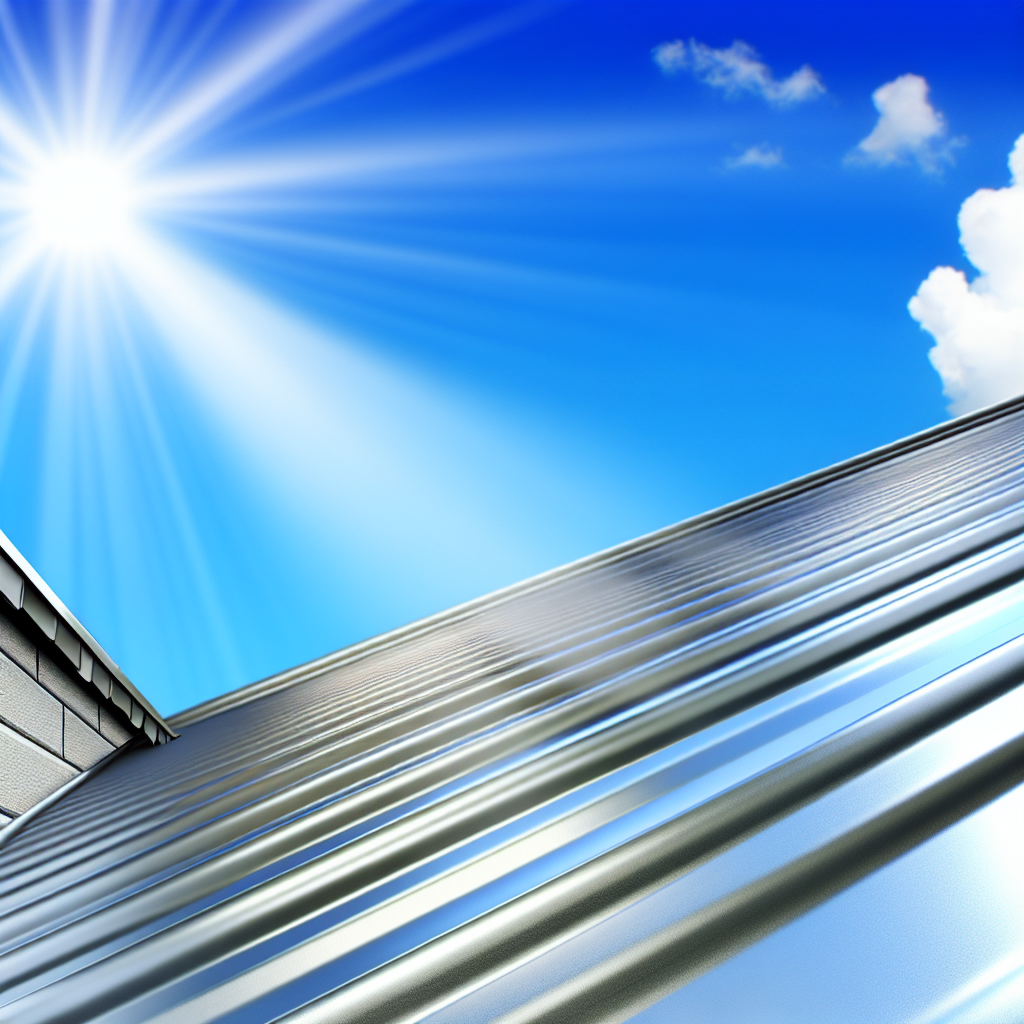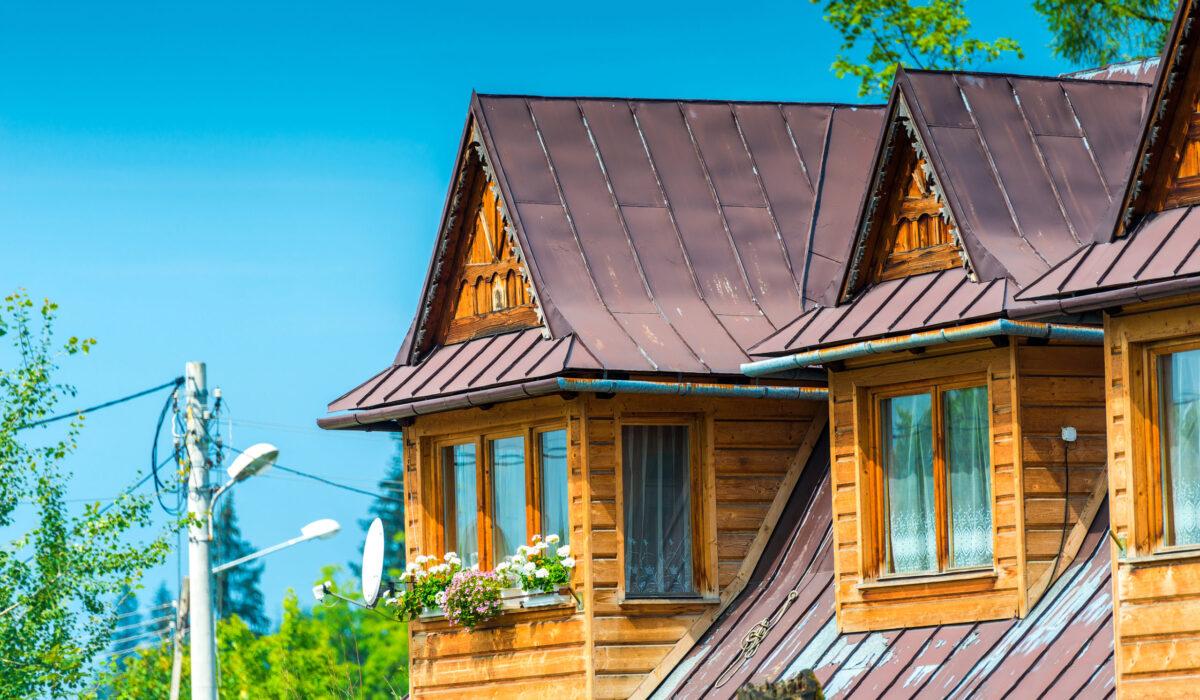
Unlock the secret to the incredible longevity of metal roofs and find out if they can truly last a lifetime.
The Science Behind Metal Roof Durability
Metal roofs are renowned for their durability, and there’s solid science behind this reputation. The materials used in metal roofing, such as steel, aluminum, and copper, are inherently resistant to many of the factors that cause other roofing materials to degrade. For example, metals are less likely to crack, warp, or rot compared to asphalt shingles or wood.
Additionally, many modern metal roofs are treated with protective coatings that enhance their resistance to corrosion and UV radiation. This means that, with proper installation and maintenance, a metal roof can withstand the elements far longer than traditional roofing materials.
Comparing Metal Roofs to Traditional Roofing Materials
When it comes to longevity, metal roofs often outperform traditional materials like asphalt shingles and wood. Asphalt shingles typically last between 20-30 years, while wood shingles might last up to 40 years with good care. In contrast, metal roofs can easily last 50 years or more, and some materials like copper have been known to last over a century.
Moreover, metal roofs are highly resistant to fire, wind, and hail, making them a safer and more durable option in areas prone to extreme weather conditions. This added resilience translates to fewer repairs and replacements over the roof’s lifespan, further cementing metal roofing as a long-term investment.
Factors That Influence the Lifespan of Metal Roofs
Several factors can influence the lifespan of a metal roof, including the type of metal used, the quality of the installation, and the local climate. For instance, aluminum roofs are highly resistant to salt corrosion, making them ideal for coastal areas, while steel roofs may require additional coatings to prevent rust in humid environments.
Another critical factor is the quality of the installation. Poorly installed metal roofs can develop issues like leaks or panel misalignment, which can significantly shorten their lifespan. Therefore, it’s crucial to hire experienced and reputable contractors for the installation of a metal roof.
Maintenance Tips to Extend the Life of Your Metal Roof
Regular maintenance is key to extending the life of your metal roof. One of the most important steps is to keep the roof clean by removing debris such as leaves, branches, and dirt. This prevents moisture accumulation, which can lead to corrosion or mold growth.
It’s also important to inspect your roof periodically for signs of damage, such as loose panels, rust spots, or worn-out coatings. Addressing these issues promptly can prevent them from escalating into more severe problems. Additionally, make sure to clean gutters and downspouts regularly to prevent water buildup around the roof’s edges.
Real-Life Testimonials: How Long Do Metal Roofs Actually Last?
Many homeowners and business owners have shared their experiences with metal roofs, often reporting impressive longevity. For example, a homeowner in the Midwest mentioned that their metal roof has been in place for over 30 years with minimal signs of wear and tear. Similarly, a commercial property owner in the Northeast highlighted that their metal roof withstood several harsh winters without any issues.
These real-life testimonials underscore the durability of metal roofs and provide tangible evidence that, with proper care and maintenance, a metal roof can indeed last a lifetime.

